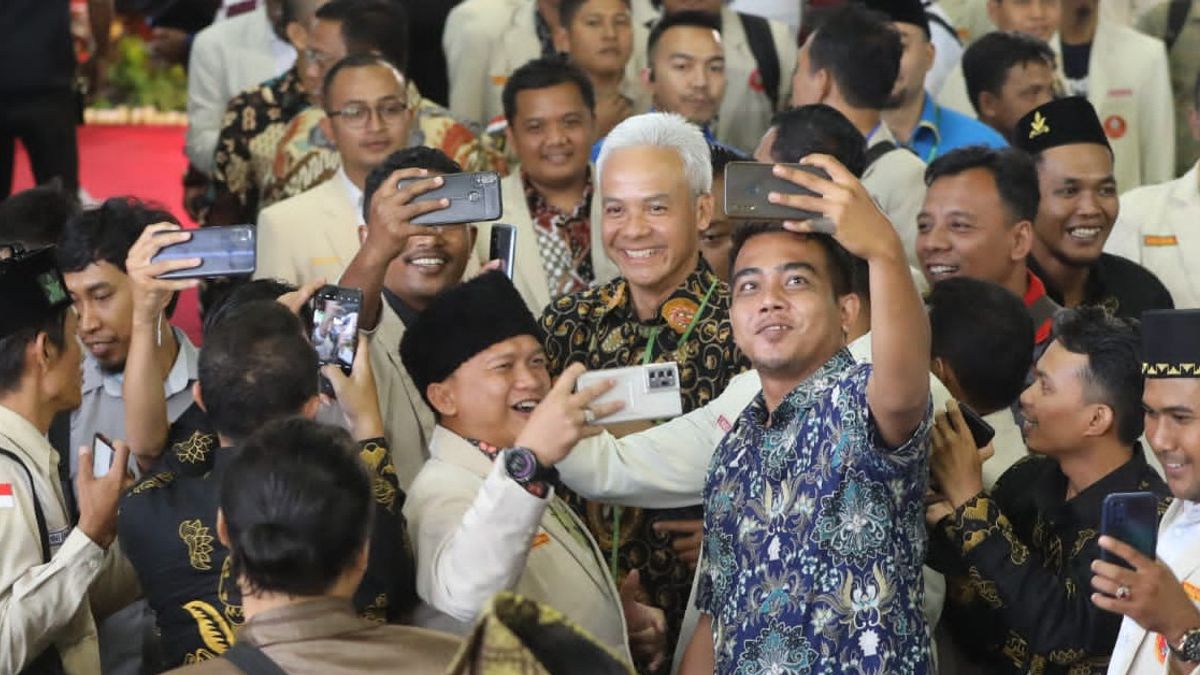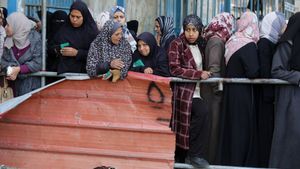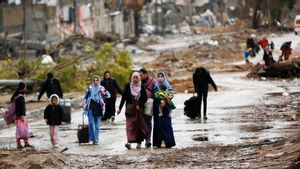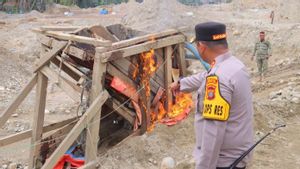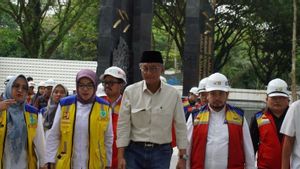JAKARTA - Governor Ganjar Pranowo succeeded in making the Central Java Mother's Death Rate (AKI) in 2022 drop significantly from the previous year. Not only that, but the governor also managed to increase the Age of Life Hope in Central Java from year to year.
Based on data from the Central Java Health Service, the Maternal Mortality Rate (AKI) is 84.6 per 100,000 live births or 485 cases of maternal mortality throughout 2022. This number decreases compared to the Maternal Mortality Rate (AKI) in 2021, which is 199 per 100,000 live births or 1,011 maternal deaths.
Head of the Public Health Division of the Central Java Health Office, Yuni Rahayuningtyas, said the data showed a decrease in MMR to around 57 percent.
"The surge in the number of MMR in Central Java began in 2020 when the COVID-19 pandemic began to enter Indonesia where there were 530 cases of maternal death or (AKI) 98.6 per 100,000 live births. It was a sharp increase compared to 2019 where only 416 cases of maternal death or (AKI) 76.93 per 100,000 live births," Yuni said in a written statement, Friday, February 24.
Yuni explained that COVID-19 contributed 12.2 percent to maternal mortality in 2020, and contributed 55 percent in 2021.
Furthermore, Yuni conveyed that the Central Java Provincial Government under Ganjar's direction used various accurate strategies to reduce the number of MMR. For example, empowering health cadres in each village.
"We emphasize to health cadres to educate families of pregnant women. To pay attention to several things such as the condition of pregnant women's health in their homes," he said.
Then, the Central Java Health Office also prepared a blood bank at the health facility to anticipate if there was bleeding in the process of giving birth.
Then, health facilities at the Puskesmas and hospitals were also improved. Including improving the quality of health workers through training.
In addition, it adds to the availability of logistics in the form of vitamins and medicines at health centers and hospitals.
Not only AKI, Ganjar's positive trend was also successfully created regarding the Life Hopes of Central Java residents. Since 2017, UHH in Central Java has always increased. 2022 is in 74.57 years.
In addition, the Human Development Index, which includes indicators other than UHH, has also continued to increase since 2017. The year 2022 reached 72.91.
Central Java Governor Ganjar Pranowo appreciated the achievement of health development, especially the decrease in MMR which was carried out with many parties.
However, Ganjar reminded about other indicators that still have to be pursued. Some of them, HIV/AIDS, tuberculosis, and hospitality.
"That's not enough. So some that we still have to look for, we have to pursue again, such as stunting. Then Open Defecation Free (ODF), a condition in which individuals do not defecate carelessly, we pursue. Wrinkling, yes in the latrine. Cook at this time defecate in the river. Then we are still chasing those who care about HIV / AIDS, tuberculosis, we are chasing, this is what we are after," said Ganjar.
Not only that, Ganjar asked regional heads in Central Java not to be ashamed to admit the health condition of their citizens. According to him, shame on admitting it is the same as allowing conditions that should be handled immediately.
"Sometimes we are ashamed that we don't want to admit it. So what happens is to let his condition go without taking policies that can overcome it. Shame? Don't be ashamed," he concluded.
The English, Chinese, Japanese, Arabic, and French versions are automatically generated by the AI. So there may still be inaccuracies in translating, please always see Indonesian as our main language. (system supported by DigitalSiber.id)
